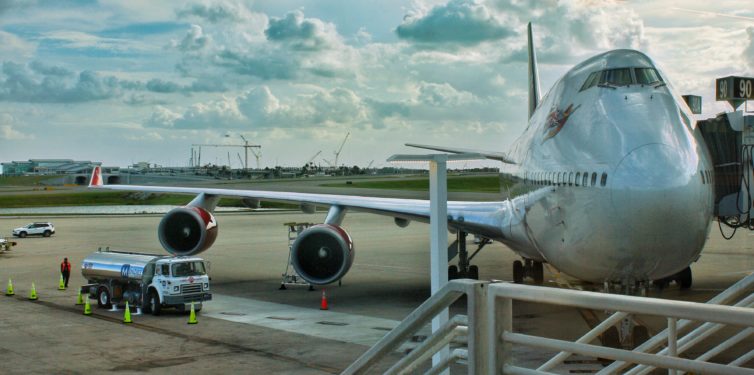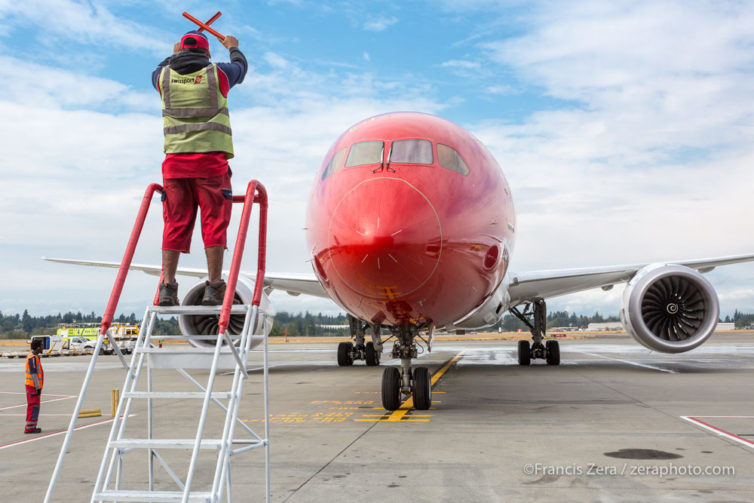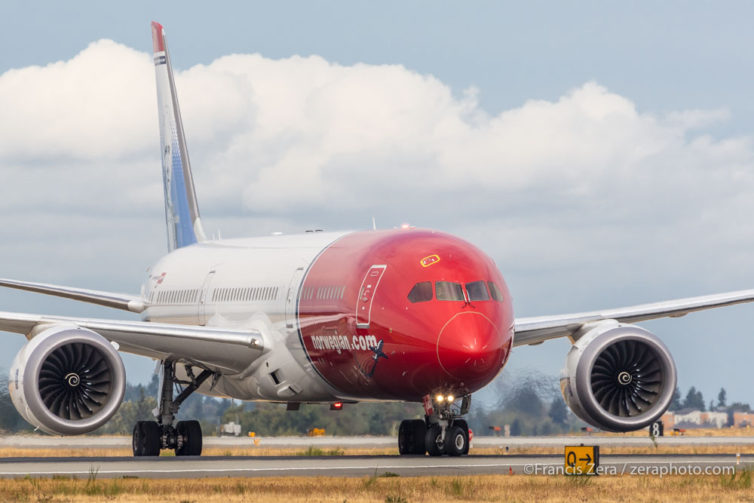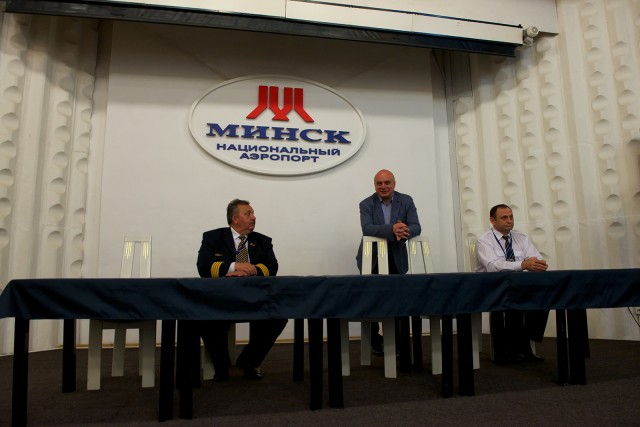
The aviation sector is responsible for roughly two percent of global carbon dioxide emissions. If current trends continue, its share of the total is expected to grow substantially in coming decades. Fortunately, in recent years a number of airlines have made concerted efforts to make flying more environmentally sustainable. Most of the solutions to date have involved biofuels made from plant-based compounds. But Virgin Atlantic took a different approach, partnering with the U.S.-based company LanzaTech that was developing a technology to turn industrial pollution into jet fuel.
On October 2nd, the partnership achieved a major milestone: the first passenger flight powered (in part) by the innovative new fuel. There was plenty of fanfare around the flight, which we were on hand to cover. And though the flight was one incremental step out of many required to make the tech mainstream, it was still a milestone worth celebrating. Read on for our full coverage of the announcement, press conference, and the flight itself — including a surprise appearance by Sir Richard Branson!

Photo: Doug Peters/PA Wire

Norwegian’s inaugural flight to Seattle from London Gatwick, a Boeing 789, rolls up to the parking stand
It was a homecoming of sorts (at least for the Everett, Wash.-built 787-9) as Norwegian kicked off new 4x-weekly service from Gatwick to Seattle on Sunday, Sept. 17.

Norwegian flight DY 7131 taxiing after landing at Seattle-Tacoma International Airport. Gotta love those red-headed jetliners.
It was a lovely Seattle morning. The rain that had been forecast was late in arriving, and the plane landed early; everything came together nicely.

Belavia’s chief Tu-154 pilot, Deputy Director of Marketing and International, and Head of Technical at a quasi press conference in Minsk – Photo: Bernie Leighton | AirlineReporter
Bernie, why are you starting a flight review with a picture of a bunch of Russian men at a table? Because this is not a story about where the airline Belavia was — this is more about where Belavia is going. Legally speaking, Belavia turns 20 next March, but they are actually much older. Back in the times of the Soviet Union, Aeroflot used to be broken down into departments based on the Soviet Republics. In other words, there used to be Aeroflot Belarus that was headquartered in Minsk. The Belorussian Directorate of Civil Aviation first came into being in 1953 with its first flight between the old Minsk airport and Moscow.
Having spent so much time working with Belavia and their historic Tu-154s, it’s very important to share why Belavia exists, but also what their current passenger experience looks like.




